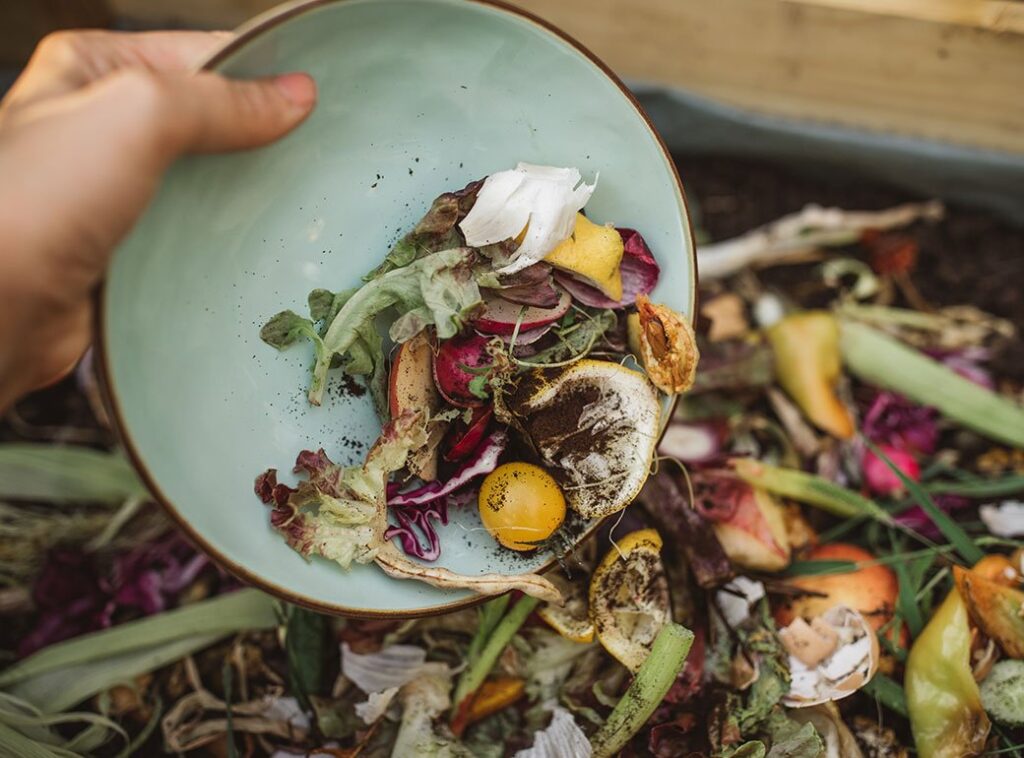CSIR study uncovers shocking food wastage in SA

CSIR study uncovers shocking food wastage in SA. The study indicated that an estimated 10.3-million tonnes a year of edible food, earmarked for human consumption in SA, did not reach the human stomach. Researchers said this was equivalent to 34% of local food production, but because SA was a net exporter of food, the losses and waste were equivalent to about 45% of available food supply in the country.
“The updated figures are in the same order of magnitude as the previous 2013 estimates but the distribution of the losses and waste across the value chain have changed,” said Prof Suzan Oelofse, principal researcher at the CSIR.
According to the study, the majority of food losses and waste (68%) occurred in the early stages of production, with 19% occurring during post-harvest handling and storage, and 49% during processing and packaging.
The study found that food waste at the consumption stage was 18%, more than three times higher than previous estimates.
In terms of commodity groups, cereals contributed 50% of the overall losses and waste, followed by fruit and vegetables (19%), milk (14%) and meat (9%).
The study, aimed at increasing reliable, scientific data and information on food losses and waste in SA, was funded by the department of science and innovation under the Waste Research, Development and Innovation Roadmap.
“If SA is to achieve the target set out in SDG [sustainable development goal] 12.3, to halve per capita food waste at the retail and consumer levels and reduce food losses along production and supply chains by 2030, we need to inform action through robust scientific evidence,” said Dr Henry Roman, director for environmental services and technologies at the department.
The project builds on the CSIR’s research on food waste undertaken between 2010 and 2015, which until now was the only national quantitative and economic research on food waste for SA.
In response, the CSIR has released a Food Waste Prevention and Management Guideline for SA to raise awareness of food wastage throughout the supply chain, but specifically at consumer level to address food wastage before it reaches the same levels as in the developed world.
The guideline includes information on the drivers and possible actions that can be taken to prevent and manage food waste throughout the supply chain. It provides practical tips on how farmers, households and distributors can reduce food losses and waste as it affects their income potential.
“Robust action is required by all stakeholders across the food value chain, from farm to fork, to meaningfully reduce food losses and waste by 2030,” Oelofse said.
The CSIR urged businesses and households to significantly reduce food losses and waste to address the country’s hunger problem, while also addressing the associated economic and environmental affects, including climate affects.







